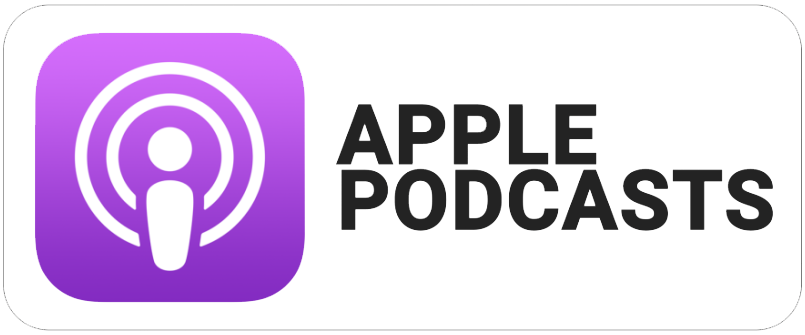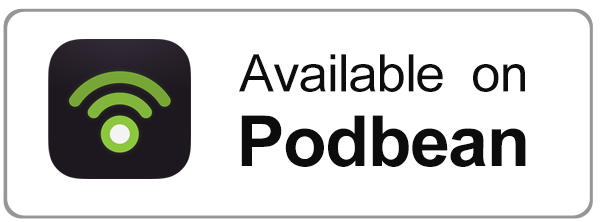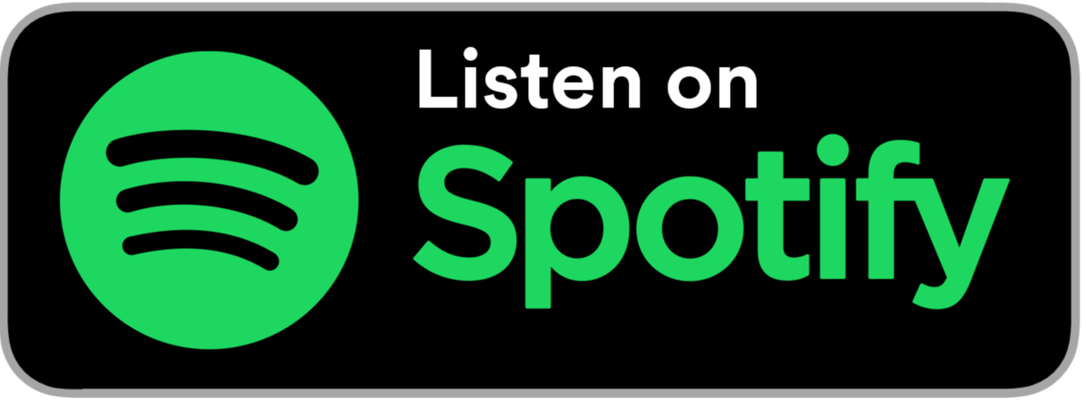Transcript
Hello listeners. We are excited to BLaST the Airwaves with you today and provide educational solutions for all. My name is Rebecca Gibboney and I am the Curriculum and Online Learning Specialist here at BLaST Intermediate Unit 17. I am thrilled to welcome you to this episode of BLaST the Airwaves.
Today we have the pleasure of speaking with Amy Pardee, Special Education teacher here with BLaST Intermediate Unit 17. Amy, thank you so much for joining us today to discuss educational solutions for all. Specifically, we’re going to be discussing student engagement in all learning environments.
So why don’t we get started? I always start out the episodes when we have guests on, about telling us a little bit about yourself and perhaps what your average day looks like for you professionally.
Well, thank you, Rebecca. I’ve been working for the IU for my entire teaching career so far. I spent four years teaching high school English and social studies at the South Academy. And this is my third year teaching math and science at LaSaQik. Um, I did my undergrad at Lock Haven university. For my special education and secondary ed social studies degree. And I earned my master’s in instructional technology from Wilkes university. So we have a great team here at LaSaQik. We have three IU employees staffing the school. So we start off the day with, you know, taking our temperatures. So this is a really new, new educational concept here.
Right?
I guess that’s it about me?
Yeah, no, that’s, that’s wonderful. Um, that’s awesome that you’ve been part of the intermediate unit 17 for your whole career. Um, I know, you know, I recently started I’m going on year two, so I’m loving it so far, but it’s nice to connect with people that have been here for some time. So let’s talk about engagement. In our previous episodes, we’ve discussed how we define engagement. How would you define engagement?
Um, well, to me, student engagement is not just keeping the students entertained and paying attention to what I’m saying or doing. Which is important, and I certainly hope that they’re paying attention. I try to keep that, but actually getting them to be really interested in, in what’s going on and be invested in the process.
Um, I mean, I think that knowing my students, you know, their preferences, their hobbies, and using that relevant information in the lesson, I tie it to the material it’s very useful and keeping the students engaged. They also need to know why the material is important. I get that all the time. Well, why are we have to know this? And rather than shut the child down, because I’ve seen that happen, tell them why. You know, link to something that is relevant. You need this information because, and then entertain that don’t just shut them down. They have a lot of questions and it often causes us to go deeper into the material.
I, you know, this, it sort of leads into the second part of this question of what do you think is the key to engaging students in learning? And I know for me when I was in the classroom, um, and what we talk about on this podcast is that why is so important and even more now with, um, like how we’re redefining education. You know, what makes a kid, if we’re in a remote learning environment, what makes a kid, a student sign-on? Well, they have to be invested and engaged in their own learning and knowing the why is a big part of that. But for you, what, what do you think is the key to engaging students?Well, and this is challenging to do when, you know, in the eventuality that some of these, you know, classrooms go remote and then we’re back and then we’re, you know, how it’s been very challenging since last year. Um, but when we are in class, we do a lot of hands-on activities, especially in science, I believe in learning, by doing, um, which was very challenging last year, when everyone shut down the school and I had things in the classroom. So we were still able to do some hands-on things. I had brought home and model of the solar system, and I had left the models and all the materials out in their classroom because in our facility, the children were allowed to go to the classroom and I zoomed in. So, it was different for my situation. So I was able to do the activity over zoom, and then they could see what I was doing. And so they were still managing to do hands-on things. So that was, that was still pretty neat that we can do that. Um, in my classroom, we have an aeroponic tower gardens. So the students use that to germinate seeds. And when the seedlings are big enough, we stick them in the tower and they grow. And, last year, um, you know, we sampled quite a few of those things and some of the students were like, what’s kale? Why don’t you taste it and find out? Oh, that’s terrible. You know? Cause some kids liked it, but, um, I had a good time with that.
That’s awesome. That sounds fun. Like I just want to be in your classroom. That’s awesome. Um, so when I’m planning professional learning, I continually tell myself, let the task choose the tool, not the tool choose the task. And everyone on this podcast has heard me say this line before. In my trainings, I say it. And as a teacher, I said it. What does that line mean for you?
Well, honestly, I had to really think about that. So because your viewpoint, you know, as a tech guru is a little different than mine. So I thought, well, as a teacher, what does that mean? So I think that if you let the tool choose the task, then you’re limited to only what is in front of you. And sometimes classroom teachers are limited in resources. So if we only use what we think we have or what we’ve always used, I think that we’ll fall into these predictable patterns of teaching, which can be very stale to our students. And it’s not very challenging to us professionally, honestly. But if we let the task choose the tool, it kind of forces us to be more creative and to consider new options that aren’t limited to only the tools in front of us, and to think of the best way to present the information that will hold the students’ interest and cause them to remember it.
That’s an amazing answer, Amy. Um, I swear guys, listeners, we did not plan this, but it goes exactly with what, you know, we’ve been talking about is. You know, don’t just do the flashy and the new and choose that new tool and then define the task by it. Use what you have in front of you, your task and then what can you use to best deliver your learning objectives. Um, so yeah.
Great answer, Amy and I, I love that perspective that you bring. We always, you know, have some questions in the field and it’s about that time. Right now, there are so many programs out there, so many tools and in our, our Distance Learning Playbook with Fisher, Frey, and Hattie they talk about that. The students need a tool to find information, use information, create information, and share information. And we’ve discussed this previously, but for you, what are your go-to tools in your classroom?
Well, here again, um, it’s a little different for us. And I know everyone’s looking for the hottest tech tips and you know, what are the best apps and these kinds of things. But in our facility, our students are restricted in what they’re permitted to access online, and they are unable to share or post anything online. So that presents challenges and frustrations for us as well as them. So they don’t have free reign to use a lot of those cool new apps out there. So it’s up to us to access this technology and bring it to them, you know, through the instruction. So I use Discovery Education a lot. YouTube or Teacher Tube. Many different websites to assist in presenting the information, whatever I can find really. I’m not limited if someone says, “Hey, this is a great resource”. You know, I’ll go check that out to always be on the hunt for something, you know, that that will help those kids learn. Um, we use Study Island just as a skill builder for math and ELA, because that’s just a great you know, benchmarking those anchors, all that stuff. It’s all standards-aligned. So that’s a nice fallback that you don’t have to worry about that being standards-aligned because it is. Scholastic has a great website too, and we get a lot of Scholastic educational magazines.
So within that they have like a jeopardy style game where you can use all the information. The kids love doing that. Also, I have a Google expeditions virtual reality cart and this has gotta be a favorite for staff and students. The students love going on virtual field trips. So like I’ve taken them to the Great Wall of China to the Great Barrier Reef, Niagara Falls, Mount Rushmore, um, even inside an animal cell. So that’s fun. And we can even tour colleges, which is really nice for the career ed piece that’s happened this past couple of years. So it’s a really fun way for them to experience these places that they may otherwise never see. And, you know, to enhance that content for social studies and science, and, you know, Mr. Tom is doing a whole unit on the revolutionary war. So we can show them, you know, “Hey, this is Ben Franklin’s house and Hey, this is Constitution Hall. It’s right here. You know, so they can be in that environment.
I love that. I love that. And I, I, I think the more, you know, yes, as educators, we like the new, we like the, the exciting tech tools, but sometimes when we ground ourselves in what is working and what’s been around, I think that’s really useful. And I agree that the virtual expeditions they’re always the hottest in our lending library, the hottest item, um, We just expanded. We got another one. So we have three in our lending library. Um, nice to have one right in house. So it’s going to be time for our, my favorite part, um, our blast five. So we’re going to blast you with five random questions for you to quickly answer, and these can be professional or personal. We like to give our listeners a little personal feel. So are your favorite app or website right now?
YouTube.
Favorite strategy?
Using humor to engage my students. Love that.
Nice. Favorite read?
Uh, Anything by Oscar Wilde.
Ooh. Favorite self-care activity?
Netflix.
Favorite dance?
I don’t dance per se, but anything I can do that embarrasses my children in public, that I’m all about. Any, any dance I have, I have actually flossed in public. It was embarrassing. It was great. So yeah,
That is wonderful. That is great. Well, Amy, this has been a blast. No pun intended, but again, thank you for taking some time to blast the airwaves with us and our listeners. It’s a pleasure to have you on the podcast and let’s talk again soon.
Thank you so much, Rebecca.
We would like to thank you for blasting the airwaves with us today. If you like the show, please subscribe or leave a review. If you want to know more. Check out www.iu17.org for further resources and show notes. As always, we want to thank you for what you do every single day. Remember, keep shining. We’ll be back next episodes to provide you another educational solution for all as we continue to transform lives and communities through educational services.
Additional/Suggested resources mentioned in the episode:
The Distance Learning Playbook by Douglas Fisher, Nancy Frey, and John Hattie
BLaST Intermediate Unit 17 – www.iu17.org
Professional Learning Opportunities at BLaST IU 17 – https://www.iu17.org/professional-learning/



